Isosceles Triangle
An isosceles triangle is a type of triangle that has two sides of equal length. These two sides are called the legs of the triangle, and the third side is called the base. The angles opposite the equal sides are also equal to each other.
Properties of an Isosceles Triangle:
- Two sides are of equal length
- Two angles are of equal measure
- The angle opposite the base is called the vertex angle
- The base angles (angles formed by the base and each of the equal sides) are congruent
Formulas and Theorems:
Here are some important formulas and theorems related to isosceles triangles:
- Area of an Isosceles Triangle: A = (1/2) * b * h, where b is the length of the base and h is the height of the triangle.
- Perimeter of an Isosceles Triangle: P = a + b + c, where a, b, and c are the lengths of the three sides.
- Isosceles Triangle Theorem: If two sides of a triangle are congruent, then the angles opposite those sides are also congruent.
Example Problems:
Let's solve some example problems to understand isosceles triangles better:
- Problem 1: In an isosceles triangle, the length of each equal side is 5 cm and the length of the base is 6 cm. Find the area of the triangle.
- Problem 2: In an isosceles triangle, the base angle is 40 degrees. Find the measure of the vertex angle.
Solution: Using the formula A = (1/2) * b * h, where b = 6 cm (length of the base) and h = height of the triangle. To find the height, we can use the Pythagorean theorem or trigonometric ratios.
Solution: Since the base angles of an isosceles triangle are congruent, each base angle is (180 - 40)/2 = 70 degrees. Therefore, the vertex angle is also 70 degrees.
Practice Questions:
Now, let's practice some isosceles triangle problems:
.◂Math Worksheets and Study Guides Fourth Grade. Measurement

 Activity Lesson
Activity Lesson
 Activity Lesson
Activity Lesson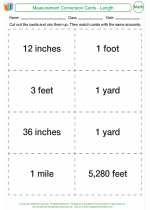
 Activity Lesson
Activity Lesson
 Worksheet/Answer key
Worksheet/Answer key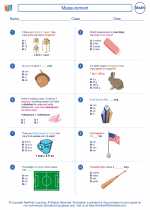
 Worksheet/Answer key
Worksheet/Answer key
 Worksheet/Answer key
Worksheet/Answer key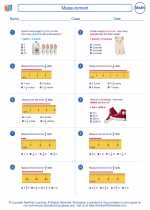
 Worksheet/Answer key
Worksheet/Answer key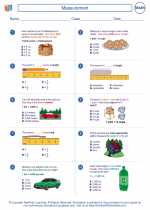
 Worksheet/Answer key
Worksheet/Answer key
 Worksheet/Answer key
Worksheet/Answer key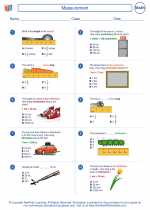
 Worksheet/Answer key
Worksheet/Answer key
 Worksheet/Answer key
Worksheet/Answer key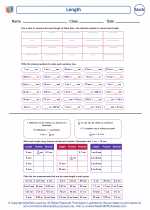
 Worksheet/Answer key
Worksheet/Answer key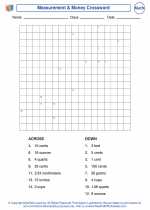
 Worksheet/Answer key
Worksheet/Answer key
 Vocabulary/Answer key
Vocabulary/Answer key
 Vocabulary/Answer key
Vocabulary/Answer key
 Vocabulary/Answer key
Vocabulary/Answer key
